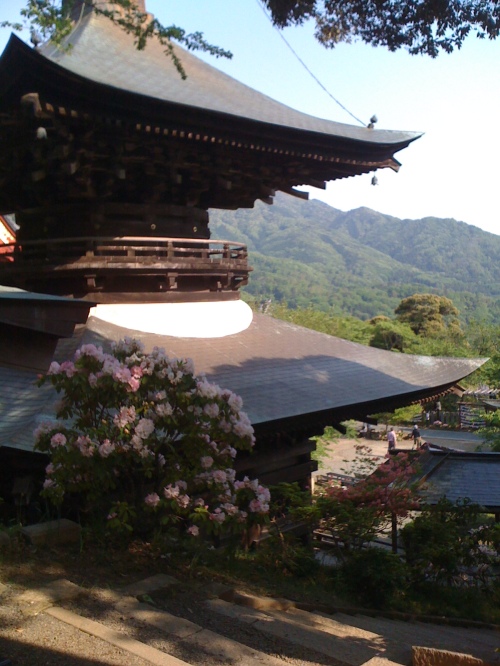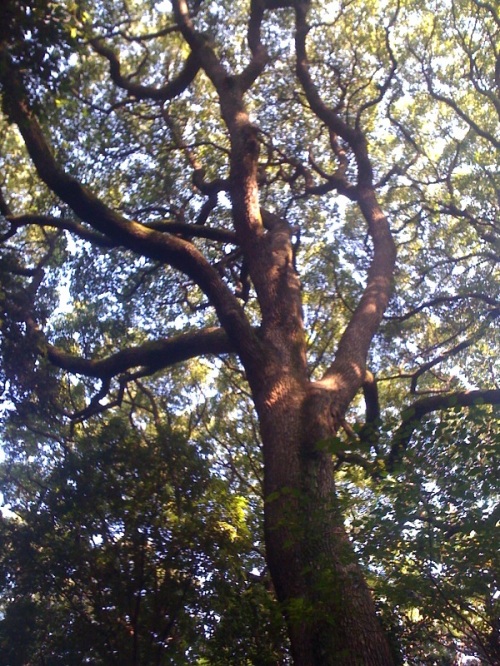This morning, before the alarm went off, there was a 4.1 magnitude earthquake right under the northern Chiba area. I rolled over and pulled the pillow over my head. The rolling motion of the quake irritated rather than scared me.
On waking and checking the news, I wasn’t feeling so safe. NHK and ABC reported this morning that TEPCO revealed that the Fukushima reactor had melted down. Greenpeace began last week to sample water and seaweed, and concluded that there was highly contaminated seaweed tens of kilometres from Fukushima.
Meanwhile, the government is going to help TEPCO pay compensation money to people who were affected by the disaster.
On Tuesday evening, over dinner, our girlfriend Skye,who was a resident of Fukushima some years ago, went on a weekend relief trip to Sendai City. She tells us that, while volunteers swamped the area during Golden Week, there is a worry that volunteer numbers will diminish. She’s got contacts with a UNESCO team that is bringing short term volunteers to pick through the rubble. A number of us are eager to go, but G had some serious reservations. Her first question was, “How far from the water is the campsite?” She’s a survivor of the Indian Ocean tsunami. She knows first-hand the destructive power of a tsunami, having been swept out in the tsunami that struck Thailand.
While looking for UNESCO information on the disaster, I found that the US Geological Survey posted an April bulletin detailing disaster statistics. Most of the outer Boso Peninsula, Chiba Prefecture, was inundated during the tsunamis. Even some of the inner peninsula was swamped.
The massive scale of destruction of the tsunamis is still hard to imagine, even after reading and seeing Shawn Gray’s account of the relief trip to Ishinomaki. I’ve helped raise money for the Red Cross in Vancouver and I’ve given money to the relief funds here, and to Shawn and Doug Wilson to help with this trip. But after seeing the video of the destruction, I realize the recovery of the region will take years and billions of yen.
I hope that people keep Tohoku in mind, and take heart that every effort counts towards cleaning up and restoring life to people there who lost so much.
On Mother’s Day, I figured that, though I couldn’t be with my family, I could go see another mother figure, the Kannon bosatsu Rakuhoji Temple in Sakuragawa City, Ibaraki Prefecture. Despite being on the seemingly solid flank of Tsukuba Mountain, the temple’s gate was damaged, as were the retaining walls of the steps leading up to it. The shrine below the temple, Amabiki Shrine, lost some monuments, too.
Nevertheless, it was very peaceful up there and gazing over Sakuragawa and Tsukuba cities, the green mountainsides showed me what nature can give. In the afternoon, the monks chanted the Heart Sutra which tells us that suffering will pass.




 A few times week, I walk the grounds of
A few times week, I walk the grounds of